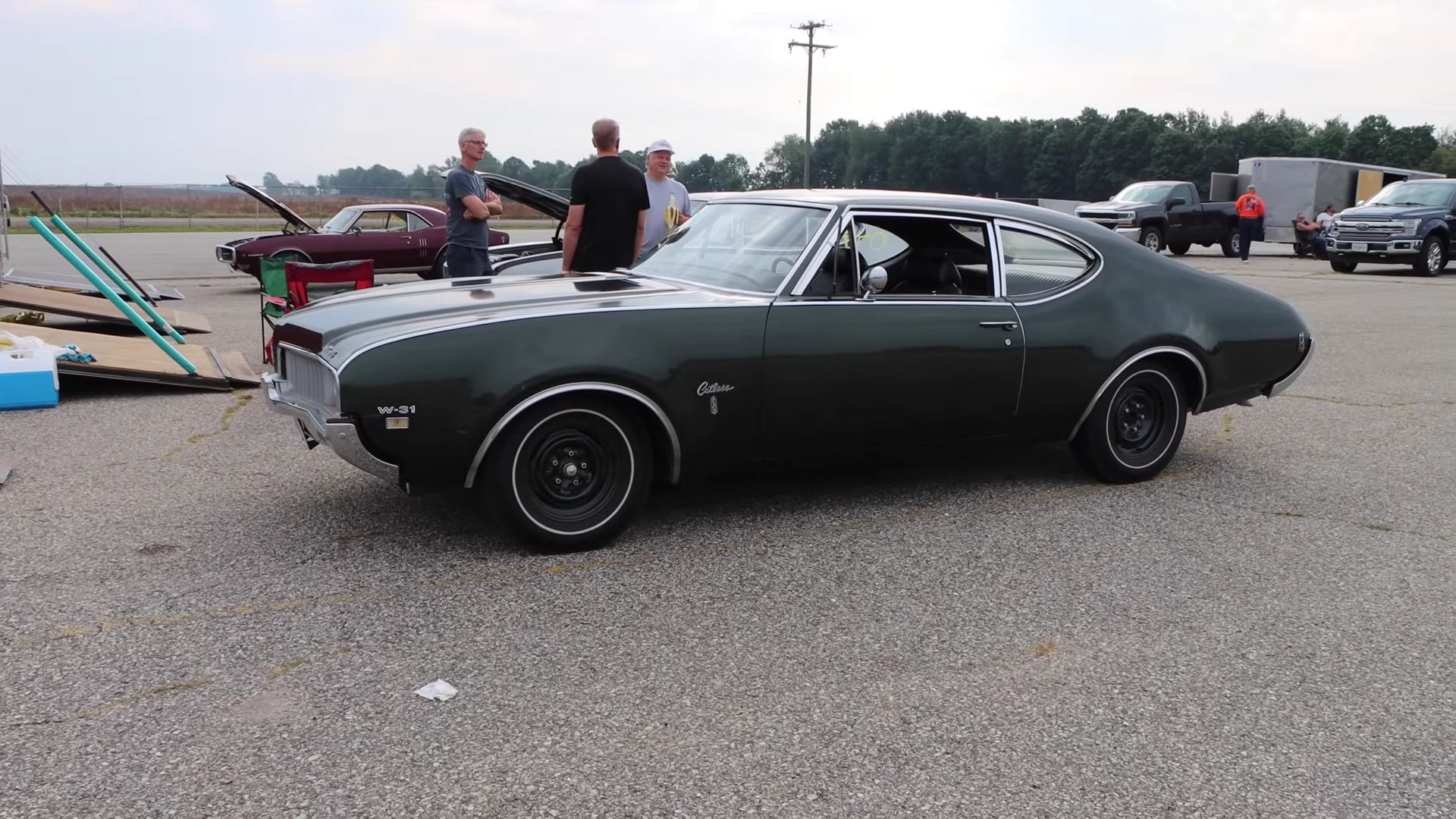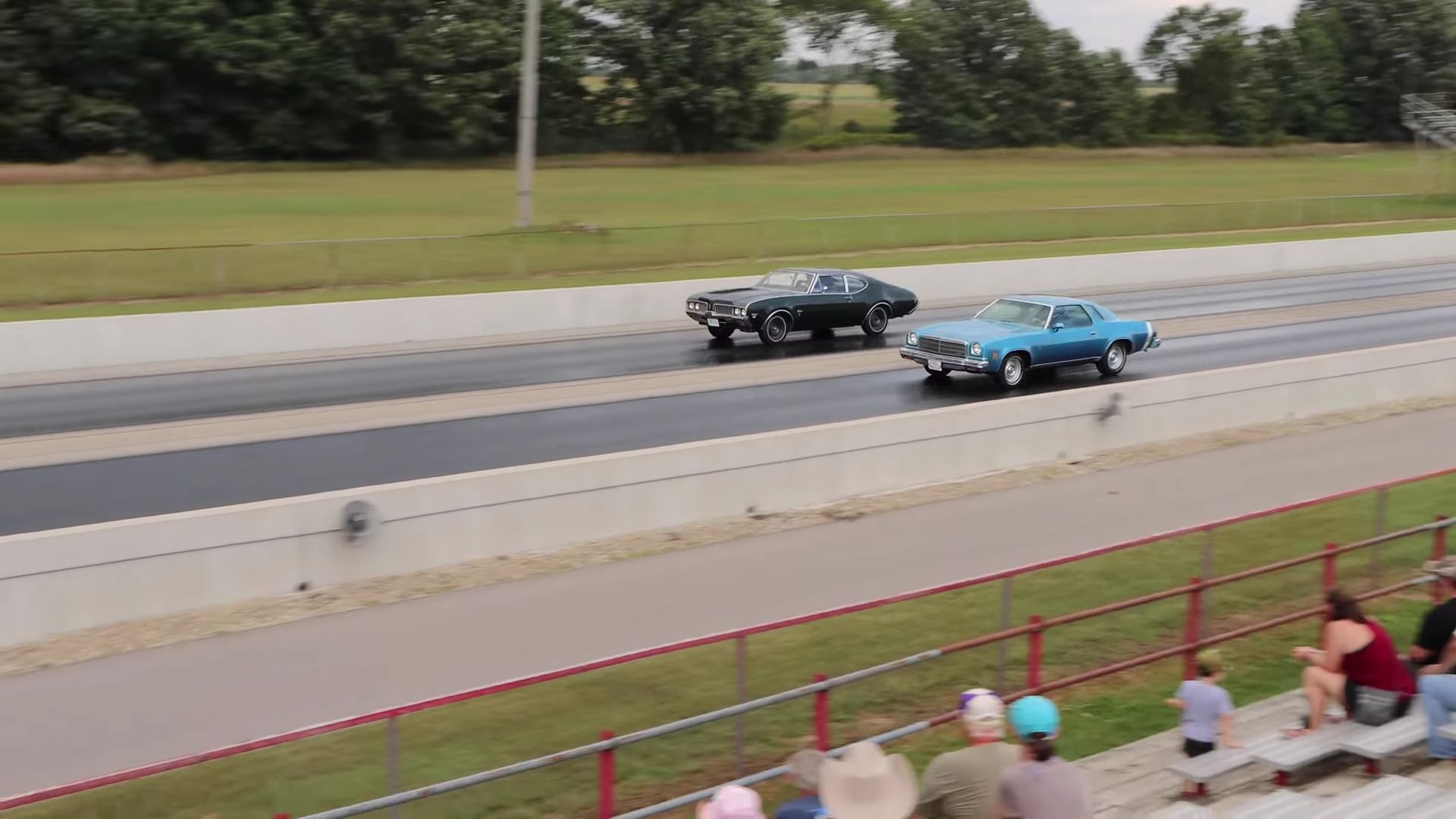Slotted between Pontiac and Buick, the Oldsmobile brand folded in 2004 due to poor sales. Part of the reason Olds had to go was the diluted range, a progressive dilution that led to Oldsmobile losing its distinctiveness. But more importantly, badge-engineered catastrophes like the Bravada luxury SUV sealed the marque’s fate.
Oldsmobile’s decline started in the 1970s with the advent of the Malaise Era, which saw the entire automotive industry of the United States of America enter a decade of decline. From reducing the compression ratio for unleaded gasoline to the shift from gross to net horsepower, as well as the adoption of emissions control systems, it was a decade that saw the muscle car genre disappear.

Olds knew a thing or two about muscle cars prior to the Malaise Era hitting everyone hard. The 1969 model year Cutlass W-31 in the video below stands testament to the brand’s hi-po inclination. What makes the W-31 package special over its contemporaries? For starters, it’s one of 913 units made that year.
Building on the Rocket 350 engine, which is different from Chevrolet’s 350-cube small block, the W-31 package was offered under the Ram-Rod 350 nameplate with quite a few upgrades over the standard engine. You were also required to get a manual tranny, and W-31s further stand out from regular 350s through aggressive camshaft timing that gives the W-31 a choppy idle.

Pictured in dark green on steelies, the V8-powered brute belts out 325 gross horsepower at 5,400 revolutions per minute 360 pound-feet (488 Nm) at 3,600 revolutions per minute with the help of a Rochester Quadrajet carburetor and Winters aluminum intake manifold. Running at 10.5:1, the 308-cammed engine doesn’t produce enough vacuum to warrant power brakes.
By comparison, the 1974 model year Chevrolet Chevelle 454 nets 235 horsepower at 4,000 revolutions per minute and 360 pound-feet (488 Nm) at 2,800 revolutions per minute. This generation of the Chevelle received a lot of criticism for all the right and also wrong reasons, but on the other hand, remember that Gen 3 is the Chevelle that weathered the gloomy 1970s like a boss.

454 comes from the leviathan hiding under the hood, which served the Chevrolet division well between the 1970 and 1976 model years. The blue-painted Chevelle in the clip below is running a compression ratio of 8.5:1, a torque-converter auto in the form of the Turbo 400, plus 3.42:1 gearing, just like the W-31.
As far as this Chevelle and Cutlass are concerned, weight is the biggest differentiator. Including the driver, 4,490 pounds (2,037 kilograms) for the Chevelle is way too much compared to the 3,870 pounds (1,755 kilograms) of the Cutlass. Given these numbers, can you guess which of them is faster in the quarter mile?
Spoiler alert: the loser takes the L thrice in a row!